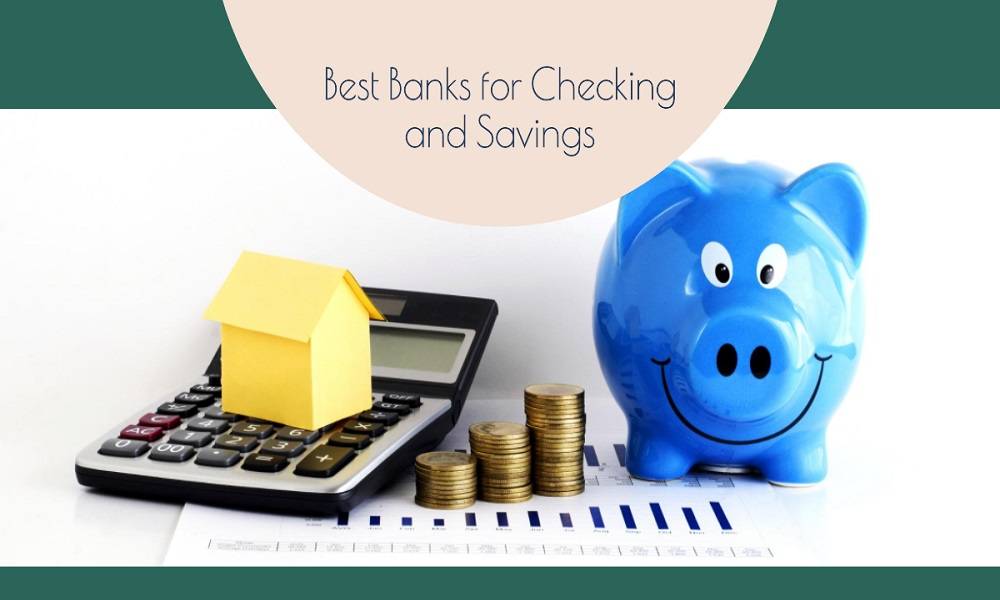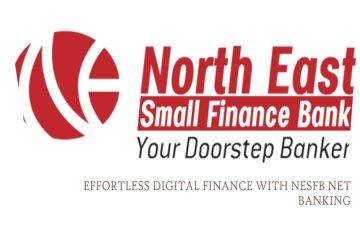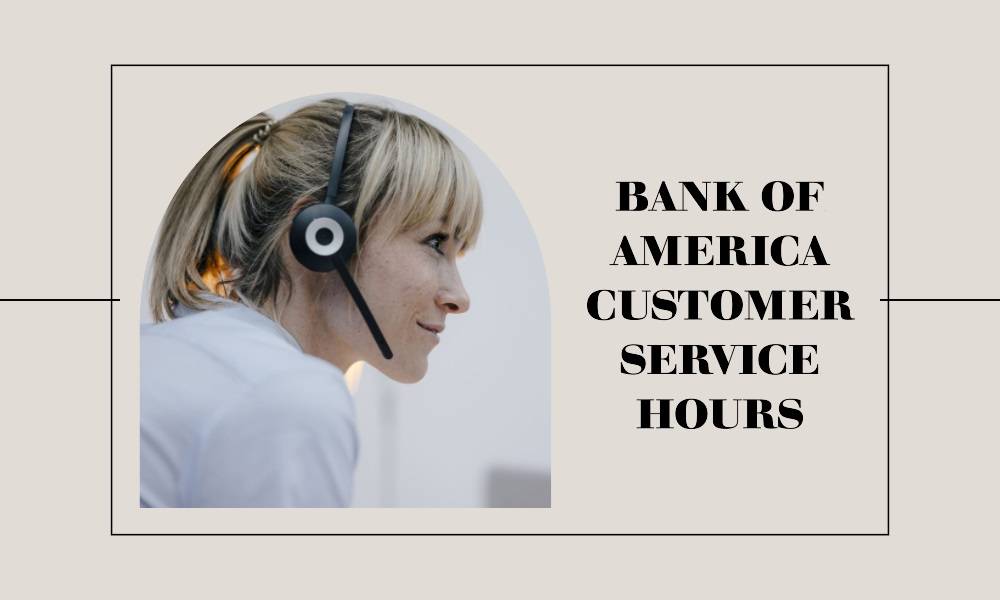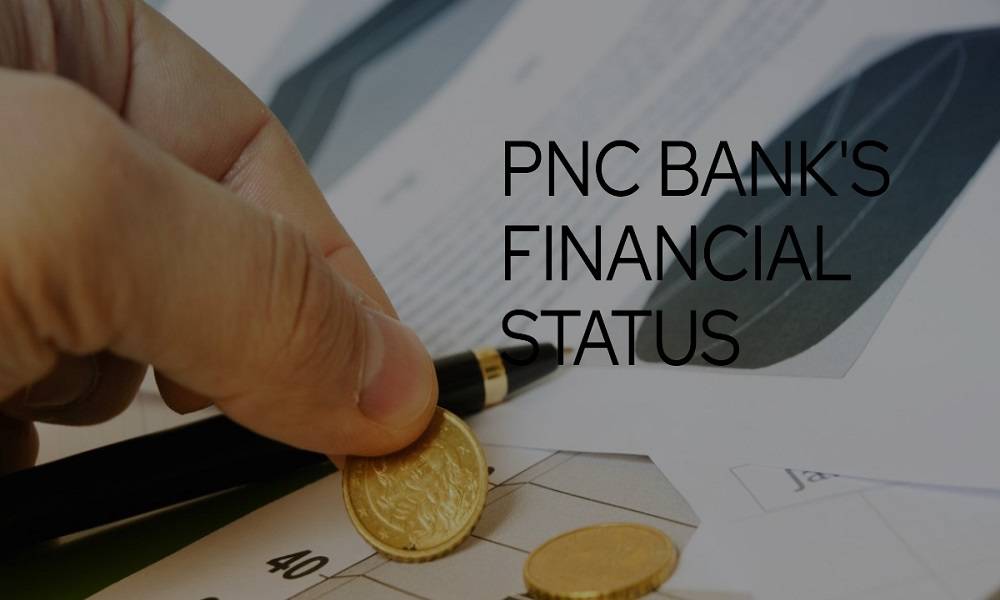Best Banks for Checking and Savings

In the ever-evolving financial landscape, choosing the right bank for your checking and savings needs can make a significant difference in managing your money. With countless options, from traditional brick-and-mortar banks to online-only banks, finding the perfect fit can be overwhelming. This article dives into the best banks for checking and savings, helping you make an informed decision.
Why Bank Selection Matters
Your choice of bank influences the fees you pay, the interest you earn, the service you receive, and the accessibility of your funds. A good bank supports your financial journey, offering tools and resources to facilitate growth.
Criteria for Evaluating Banks
- Interest Rates: A higher Annual Percentage Yield (APY) can mean more earnings for you.
- Fees: Look for banks with minimal or no monthly maintenance fees, ATM fees, or overdraft charges.
- Access & Convenience: Consider ATM availability, mobile banking features, and customer service quality.
- Security: Ensure the bank offers robust security features, like two-factor authentication and fraud protection.
Top Banks for Checking and Savings
(Note: The banking industry evolves regularly. Always check the bank’s official website for the most up-to-date information.)
1. Ally Bank:
- Checking: No monthly fees, competitive interest rates, and free access to Allpoint ATMs.
- Savings: High-yield savings account with no minimum balance requirement.
2. Chase Bank:
- Checking: Multiple account options, vast ATM and branch network.
- Savings: Modest interest rates but offers bonuses for new accounts.
3. Capital One:
- Checking: No fees, earns interest, and includes a vast free ATM network.
- Savings: Competitive APY with their online savings account and no minimums.
4. American Express National Bank:
- Checking: Not available.
- Savings: High-yield savings account with no fees or minimum balance requirements.
5. Wells Fargo:
- Checking: Diverse account options and extensive branch network.
- Savings: Offers various savings options, including goal-oriented savings plans.
Online Banks vs. Traditional Banks
Online Banks: Typically offer higher interest rates and lower fees due to reduced overhead costs. They may lack physical branches but provide robust mobile and web platforms.
Traditional Banks: Offer the convenience of in-person service and vast ATM networks. They might have higher fees and lower interest rates in comparison to online banks.
Conclusion
The best bank for checking and savings largely depends on individual preferences and financial needs. Whether you prioritize high interest rates, branch access, or digital tools, there’s a bank out there that aligns with your goals. Research thoroughly, consider the above criteria, and make an informed choice to steer your financial journey in the right direction.











